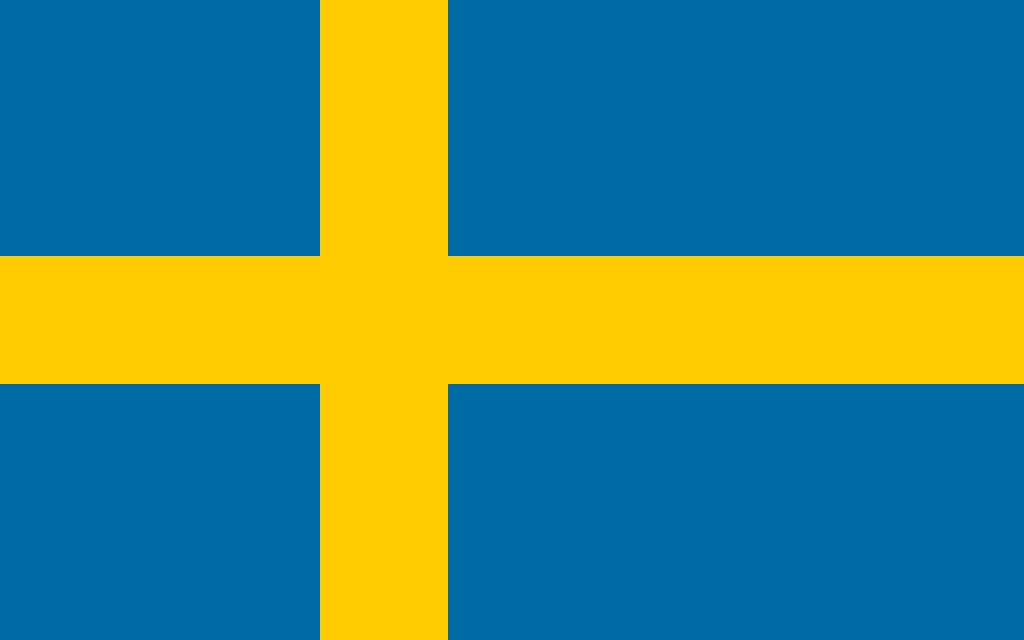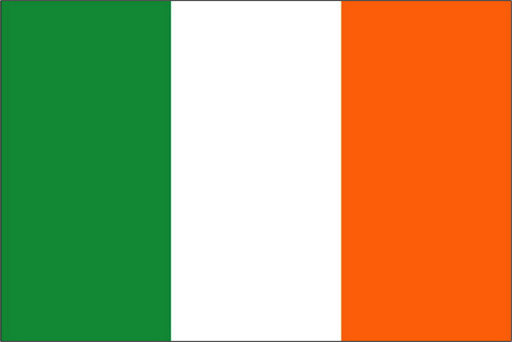A new application for the future Cat 8?
While advances in 40GBase-T (40 Gbit/s on 4-twisted pairs cable) appear to be on track, a new application with an intermediate Ethernet speed is about to hit the market.
In November 2014, a study group approved by the IEEE was formed to define the technical conditions for supporting a 25 Gbit/s PHY datarate on twisted pair (25GBase-T).
The need for 25 Gbit/s Ethernet & drivers.
The need for 25GBase-T was demonstrated in November 2014 within the IEEE 25Gbase-T CFI (Call For Interest) Group, which brought together global experts on electronic network components and structured cabling systems. According to a forecast study conducted by the Dell’Oro Group, Cloud datacenters already intend essential migrations with a speed of >10 Gbit/s at the server port.
The adoption of 25 Gigabit Ethernet at the server could become a reality from 2016 onwards, reaching maturity by 2018, with more than 50% of Cloud server ports dealing with a > 25Gbit/s Ethernet data rate.
The outsourcing of enterprise servers in the cloud also increases the need for a solution that could rapidly become operational and be flexible within specialist cloud datacenters.

Sources: IEEE, Dell’Oro group

Sources: IEEE, Dell’Oro group
The benefits and technical feasibility of 25Gbit/s Ethernet.
(Whatever the media: twisted pair, MMF fibre optic or direct attach cable)
Minimal industrial effort & short time to market.
The announcement of a 25 Gbit/s Ethernet protocol on a single lane is not an accident. Existing 100Gbit/s component technology is itself based on transmission through 4 parallel aggregated 25 Gbit/s lanes (e.g.: 100GBase-KR4, 100Gbase-SR4). Although this technology is not currently based on a twisted pair transmission medium, it relies on an electrical interface (i.e inside the transceiver module) that is capable of delivering signals at 25 Gbit/s on a single electrical lane. Actually, the development of 25 Gbit/s Ethernet technology (25GBaseT, 25GBase-SR) requires little additional industrial effort to bring suitable chipsets to market.
On top of that, developing a 25Gbits Ethernet protocol makes full of sense when it comes to port breaking and optimization. As 100Gbits Short reach technologies (backplane, twinax or MM fiber) are already designed with 4x25GB/s electrical lanes, it is very easy to use breakout cords (100G into 4x25G) to split the 100G bandwith of the Top of Rack switch to 4 different 25G servers. Examples of breakout cords are Direct Attach Cords (QSFP28 to 4xSFP28 modules) or Fiber Breakout cords MPO to 4x LC duplex whith a specific polarity system.
Scalabity & Future migration to 100Gbit/s is therefore ensured as the 100G slots/modules are already available in the rack.25G ethernet is clearly a global & sustainable solution that offers many options in the server zone.
Beyond the flexibility offered by this 100G ports, it results in an increase in density ( ~250%), compared to a solution based on a switch card with QSFP+ 40 Gbit/s ports. This helps optimizing the number of Gbps per 1U frontplate inside the cabinets.
Why 25 Gbit Ethernet on twisted pair (25Gbase-T)
BASE-T technology (Ethernet on twisted pair) is becoming one of the most prevalent technologies within data centres, in the server area. 25 Gbit/s on twisted pair could soon be standardized and has been incorporated into work already instigated within the IEEE 802.3bq (40GBase-T) task force to produce a standard covering 25G/40GBase-T (Publication scheduled for September 2016). In the same way as 40GBase-T, the potential distance covered extends to 30m, meaning that 25Gbase-T could be used for a complete row of server racks (End of Row or Middle of Row Configuration) while maintaining a power consumption target < 3W/port (and even ideally <2W). As for the RJ45 connector, its well-known universal format is perfect for optimising the number of switch ports available on 1U and, therefore, the density & interoperability.
Example of End of Row architecture
The purpose of a 25Gbase-T standard is also to be able to guarantee backward compatibility with existing 10Gbase-T systems & forward compatibility with 40Gbase-T (Autonegotiation).
Developing 25Gbase-T & 40Gbase-T standards within the same specific task force (IEEE 802.3bq) should result in the definition of common types of component & cabling methods/tests to support these protocols. The components currently specified in 40GBase-T are CAT8* type, a category that will be incorporated into the revision of the ISO/IEC 11801 Ed.3 standard.
| Examples of 25 Gbit/s protocols | |||
| Protocol | 25GBase-CR | 25GBase-T | 25GBase-SR |
| Medium | Coaxial (twinax) | 4-twisted pair CAT8 (shielded cable) | 1-pair OM4 multi-mode fiber |
| Connection | SFP28 direct attach module | RJ45 | LC |
| Range | 5m | 30m | 100m |
| Configuration | Top of Rack (ToR) | End of Row (EoR) | Interconnection |
| Standard | IEEE 802.3by (Draft) | IEEE 802.3bq (Draft) | IEEE 802.3by (Draft) |
Ultimately, with a requested signal to noise ratio lower than for 40Gbase-T, increased density, optimised bandwidth use and controlled power consumption, 25Gbase-T could offer a strong alternative for reducing the cost per bit of the server area within data centers.
*cat8 is currently specified with a bandwith of 2GHz, with partial or total shielding.






